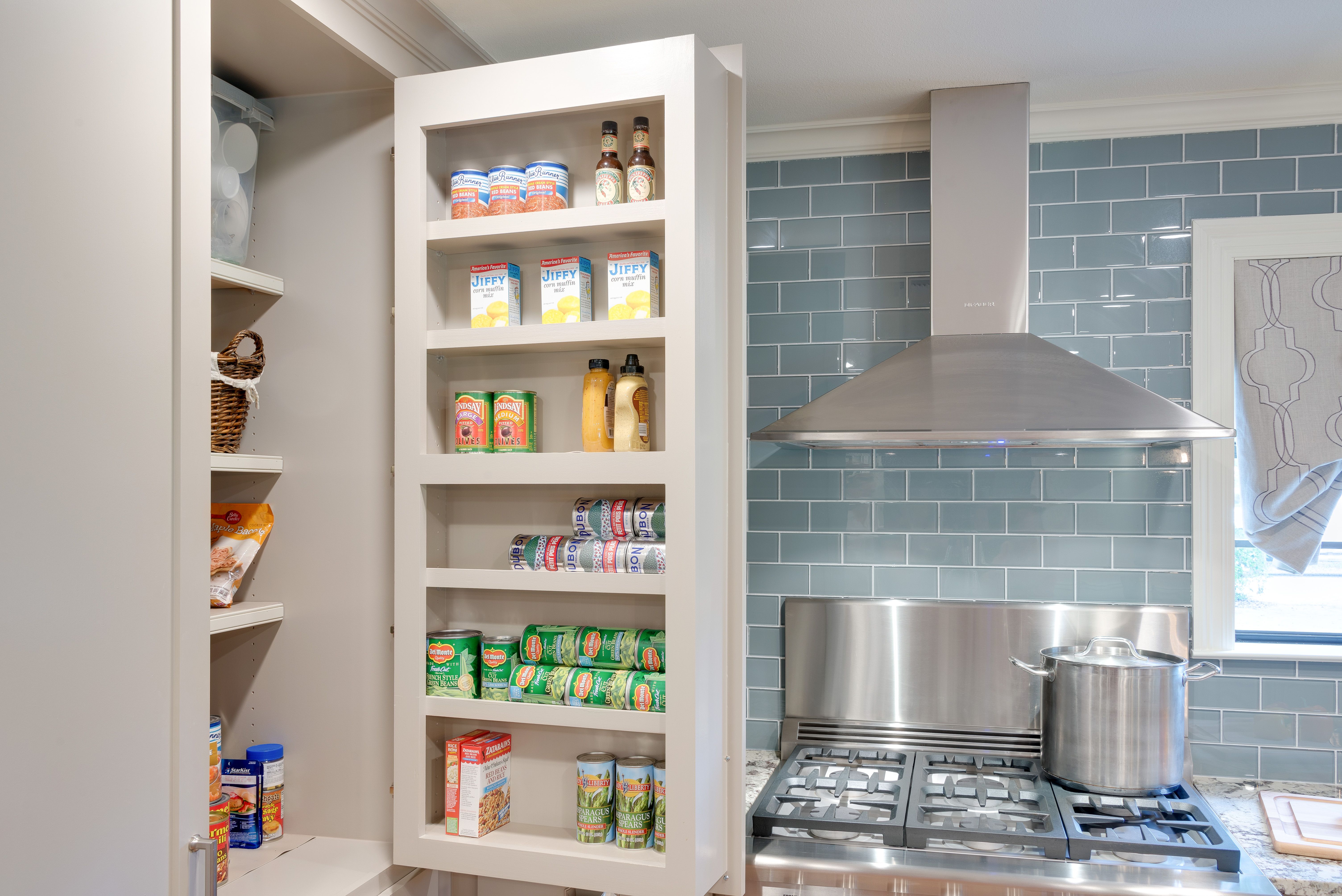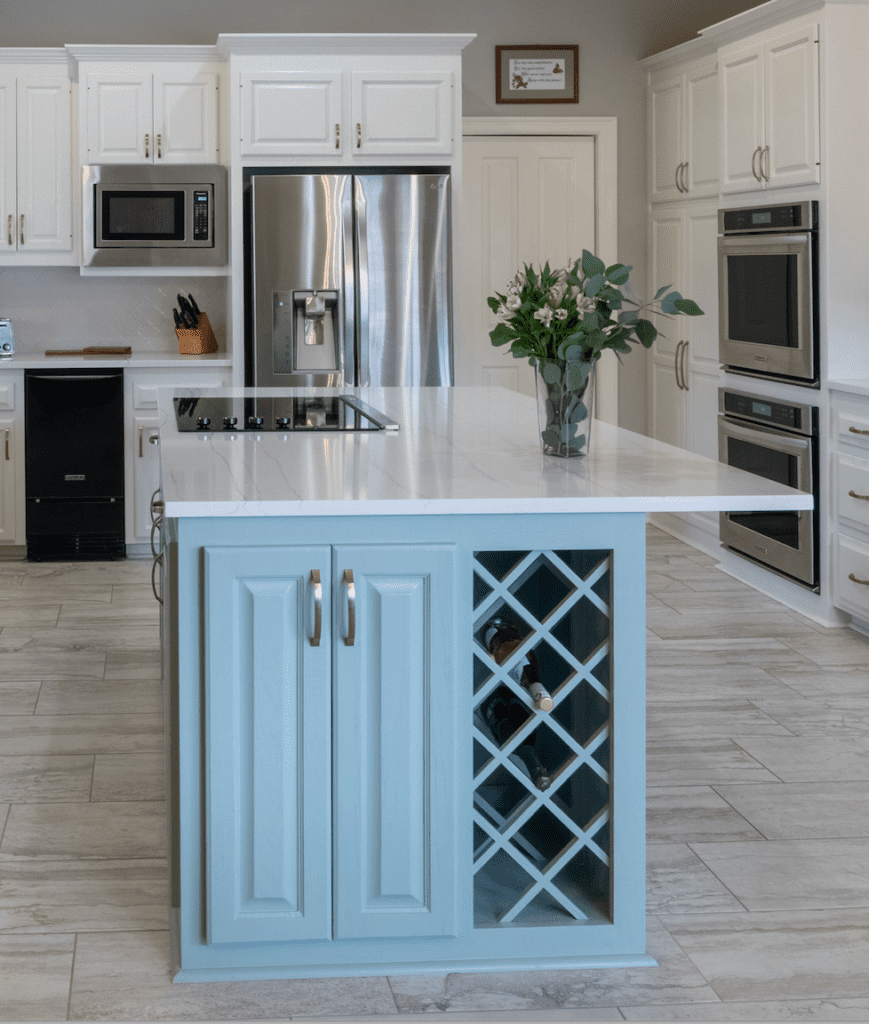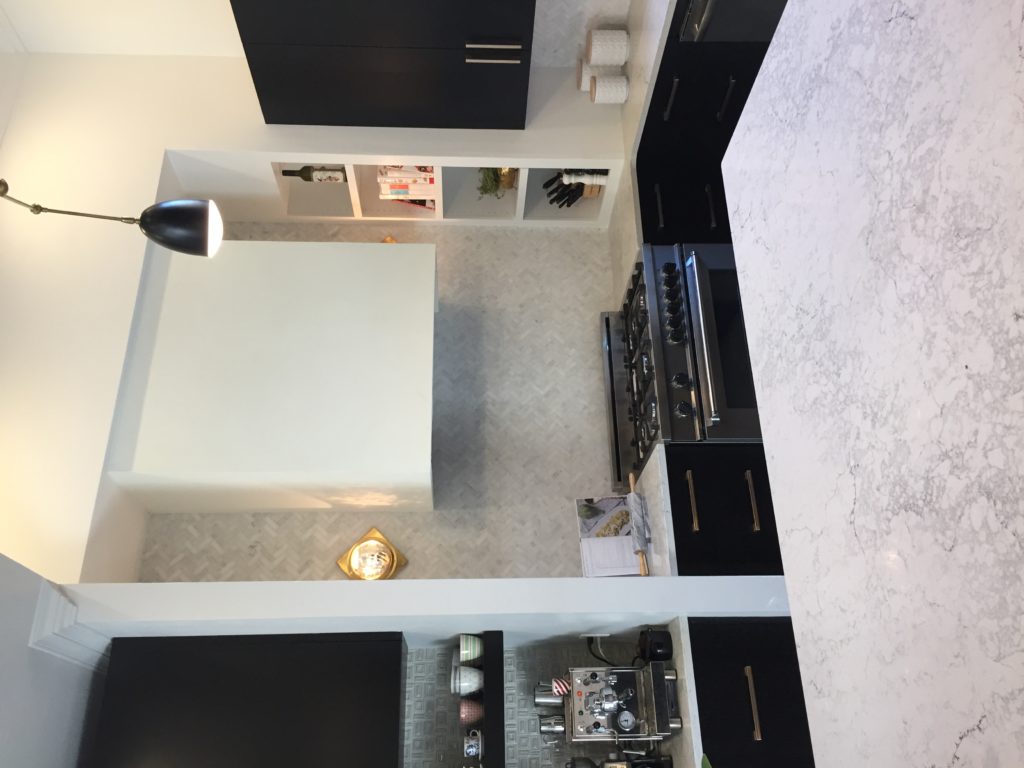
Having trouble finding places to store all your stuff? The answer is hidden in plain sight
Storage—like sleep and time—is something we never seem to get enough of. As online shopping surged last year with people buying more books, games and trinkets to escape the quarantine blues, it left us answering one critical question: where would it all go? Sure, it could all be stashed away in a secret closet (Monica Gellar style) or you could rethink your home’s storage. Sensibly opting to go with the latter, we spoke with interior designer Amanda Cason of Amanda Cason Interiors about how to optimize storage space in the home.

“My general approach starts at the beginning: discussing aesthetic but also discussing what goes where,” Cason says. “By the time you start construction or complete your drawings, if you don’t know where your kids are going to hang up their backpacks or where you’re going to kick off your shoes, something is missing, because ‘stuff mitigation’ is the big thing now more than ever.”
With a little bit of foresight, the phrase “Don’t mind the mess” can be a discontinued with some practical thinking and prep.
“If you do a kitchen or bath renovation, that’s almost the first thing you talk about, because there are utilitarian things you have to have in those spaces, but most people don’t necessarily want them out all the time, especially in places like bathrooms,” says Cason. “It depends on individual habits, but I find that once people have a place for something, it’s more likely to go back in that place time and time again.”
When it comes to storage, there are three major spaces in a home that you must consider before a renovation or build, according to Cason.

“It’s really the kitchen, bathroom and laundry that tend to be these focal high-functioning spaces,” she says. “Assess your needs, and if your home will be going through any organizational changes, assess what is going to be purged and what’s actually going to be moved with you.”
Take, for example, a new floor plan.
“Laundry rooms are not always by the garage anymore,” says Cason. “You might need an additional drop area by the garage where kids are putting sports gear or that kind of thing.”
Cason emphasizes adaptability when discussing storage. Whether it be a closet or cabinet, having adjustable shelves to adapt to your changing lifestyle can save you time and effort later on.
And as old-fashioned as it may sound, leave room for a linen closet, Cason urges. As anyone living in a multi-person household can attest, towels and sheets need a place to rest after their near-daily rounds in the washing machine.











